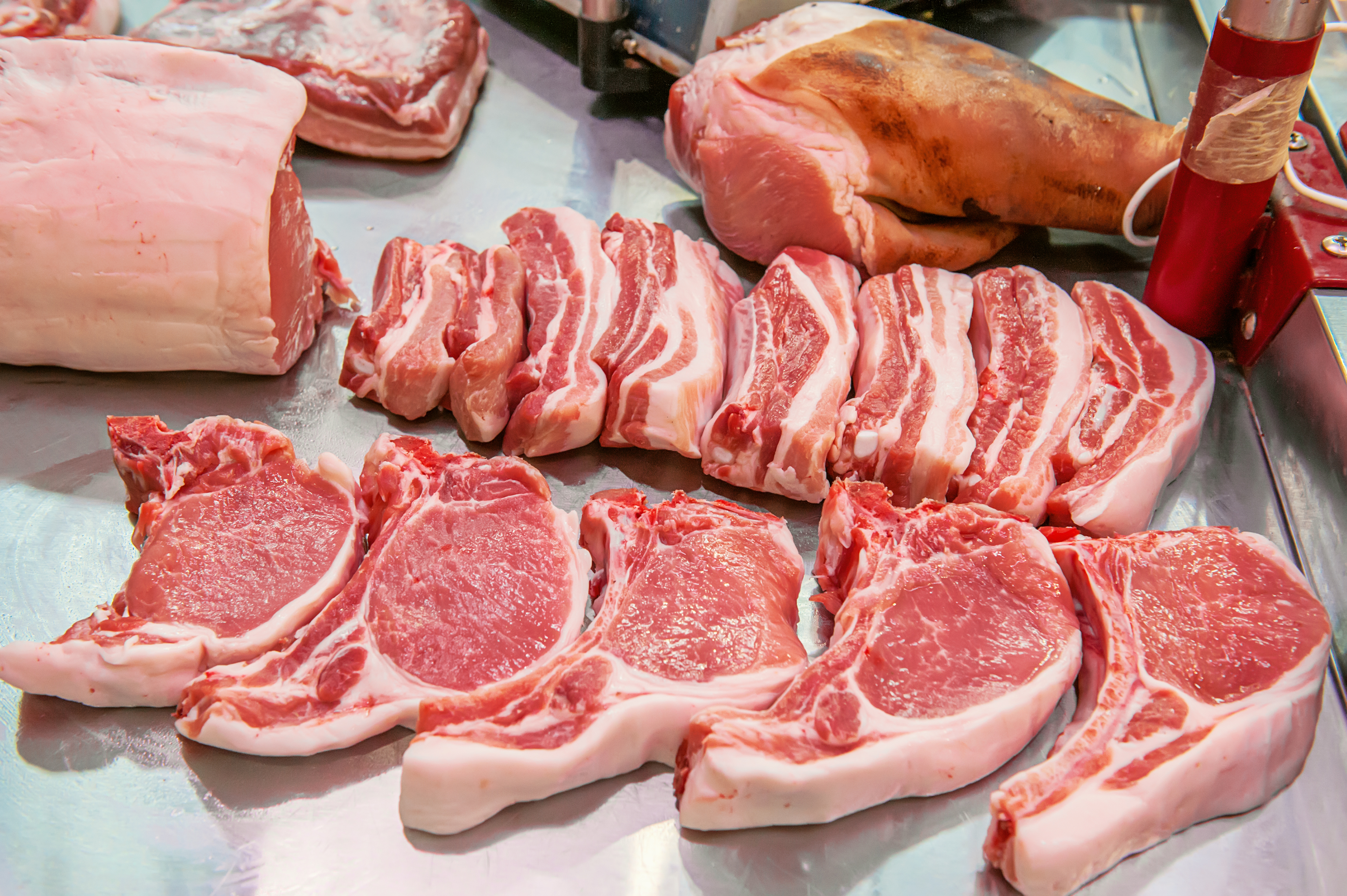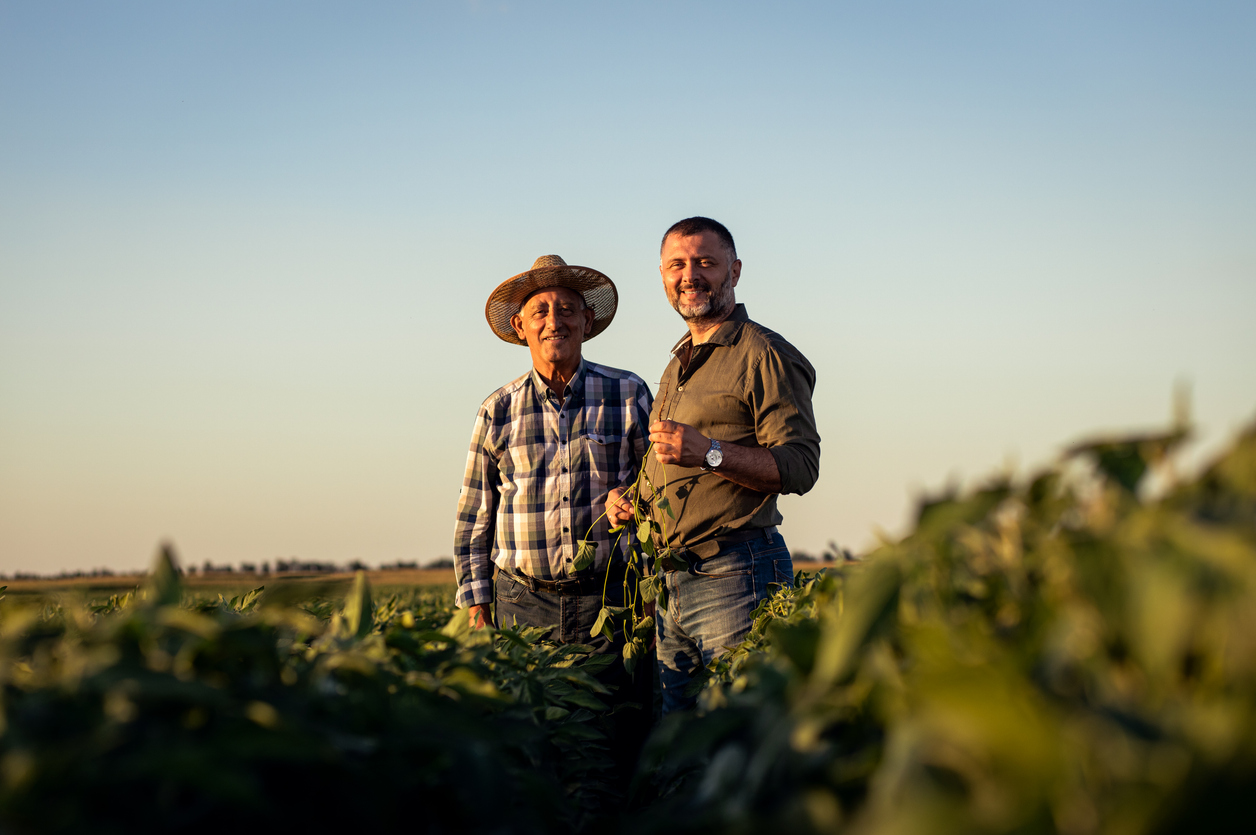Dear President Trump,
In a recent speech, you said, “Our great Patriot Farmers will be one of the biggest beneficiaries of what is happening now.” The statement doesn’t match the experience farmers face today.
If we stay on this road, there is no way to know how many farmers and ranchers will weather what was supposed to be a short-term pain for a long-term gain.
The first round of tariffs hit soybean producers in the Midwest last year and there has been little relief. An extreme restriction of their largest market coupled with the flooding in recent months leaves farmers facing some long-term decisions right now, not at some point in the future.
In Washington, the newest round of tariffs could mean a loss of approximately $1 billion for agriculture, particularly processed products. Among the Washington agricultural products that have been previously targeted are cherries, wine, and wheat.
At risk is more than a trade agreement with the world’s largest importer of goods. The trade war risks the character of rural communities and their ability to function in the global marketplace.
Trade relationships – food relationships – take a long time to mature and become beneficial for both parties. For example, it has taken decades for Washington wheat producers to make inroads in the Japanese market. On-going trade disputes put what is a generations-long effort in jeopardy not just today, but for years to come.
When this trade dispute with China is coupled with commodity prices that are reaching historic lows, it is enough to give even the most patriotic farmer cause for concern.
In modern agricultural circles, the benchmark for how bad it can get is the 1980s. Called the Agriculture Crisis, the 1980s began with high land debt and soaring equipment purchases thanks to a remarkable farm economy in the 1970s. By 1985, the crisis peaked with commodity prices in free-fall because of record production and a lack of exporting options, high oil prices, a strong dollar, and high interest rates.
At the height of the crisis, farm economists estimated that approximately one third of the nation’s farms were in foreclosure, compared to 19.4 percent of Farm Service Agency loans being reported delinquent in January of this year.
By the 1985 peak, 62 agricultural banks had failed, exports fell, and land prices bottomed out.
We may be headed toward a similar situation in the early 2020s if we don’t start to be mindful of the sacrifices the agricultural community is already making.
Beyond the economics, the rural communities in which farmers and ranchers live are among the most patriotic around. In 2004, it was reported that approximately 44 percent of the U.S. military was comprised of recruits from rural communities. Of that 44 percent, the Council on Foreign Relations reports Washington state is “overrepresented” in its recruits.
Finally, let’s talk about the proposed buy-back program the U.S. Department of Agriculture (USDA) announced it was working on. Buy-back programs that direct basic commodities to other countries through the U.S. Agency for International Development (USAID) are not a solution. In fact, they are a detriment to both the U.S. ag community and the recipient countries.
On the domestic side, the USDA would have to find the resources necessary to purchase commodities. The purchases of commodities through buy-back programs create a cycle of artificial demand that is difficult to escape when market prices rebound.
On the international side, the secondary sale of commodities has the potential to destabilize agricultural economies in recipient countries. Most foreign governments would prefer money rather than commodities because receiving commodities floods their markets with crops, undercutting their own domestic markets.
Let’s get back to business, Mr. President. Trade is a critical and crucial part of the agricultural economy in the United States. Without trade, farmers and ranchers are going to be left holding a handful of bills in one hand and an American flag in the other.






